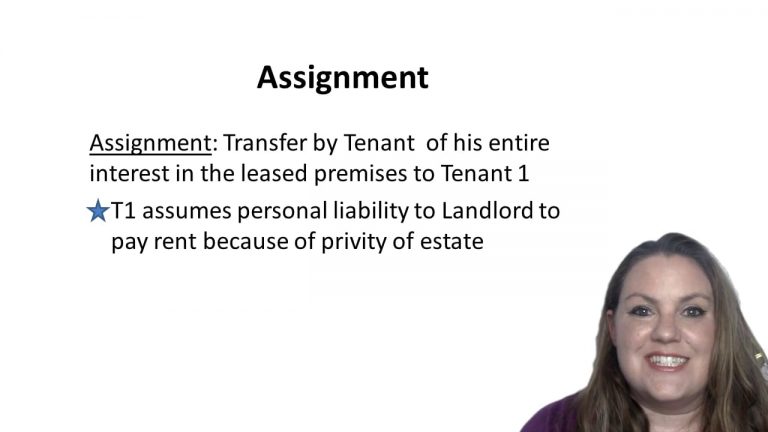SmartBrief
Confirm favorite deletion?
Property Keyed to Sprankling
Kendall v. Ernest Pestana, Inc.
Citation:
709 P.2d 837 (Cal. 1985)
ProfessorTodd Berman
CaseCast™ – "What you need to know"
Facts
In 1970, Robert Bixler subleased a hangar space from Defendant/Appellee Ernest Pestana. The sublease provided that written consent of the sublessor was required before sublease could assign his interest. In 1981, Bixler agreed to sell the business to Plaintiff/Appellant Jack Kendall, thereby seeking to assign Bixler’s interest in the sublease to Appellant. Appellant, the proposed assignee, had a stronger financial statement and greater net worth than Bixler, and was willing to be bound by the terms of the lease. Nonetheless, Appellee refused to consent to the assignment to Appellant, unless Appellant agreed to a higher rent. Appellant brought suit for declaratory and injunctive relief and damages, seeking a declaration that Appelle’s refusal to consent to the assignment of the sublease was unreasonable and an unlawful restraint on the freedom of alienation.
Only StudyBuddy Pro offers the complete Case Brief Anatomy*
Access the most important case brief elements for optimal case understanding.
*Case Brief Anatomy includes: Brief Prologue, Complete Case Brief, Brief Epilogue
- The Brief Prologue provides necessary case brief introductory information and includes:
Topic:
Identifies the topic of law and where this case fits within your course outline.Parties:
Identifies the cast of characters involved in the case.Procedural Posture & History:
Shares the case history with how lower courts have ruled on the matter.Case Key Terms, Acts, Doctrines, etc.:
A case specific Legal Term Dictionary.Case Doctrines, Acts, Statutes, Amendments and Treatises:
Identifies and Defines Legal Authority used in this case.
- The Case Brief is the complete case summarized and authored in the traditional Law School I.R.A.C. format. The Pro case brief includes:
Brief Facts:
A Synopsis of the Facts of the case.Rule of Law:
Identifies the Legal Principle the Court used in deciding the case.Facts:
What are the factual circumstances that gave rise to the civil or criminal case? What is the relationship of the Parties that are involved in the case.Issue(s):
Lists the Questions of Law that are raised by the Facts of the case.Holding:
Shares the Court's answer to the legal questions raised in the issue.Concurring / Dissenting Opinions:
Includes valuable concurring or dissenting opinions and their key points.Reasoning and Analysis:
Identifies the chain of argument(s) which led the judges to rule as they did.
- The Brief Prologue closes the case brief with important forward-looking discussion and includes:
Policy:
Identifies the Policy if any that has been established by the case.Court Direction:
Shares where the Court went from here for this case.
Topic Resources
Topic Outline
Topic Refresher Course

 6m 3s
6m 3s